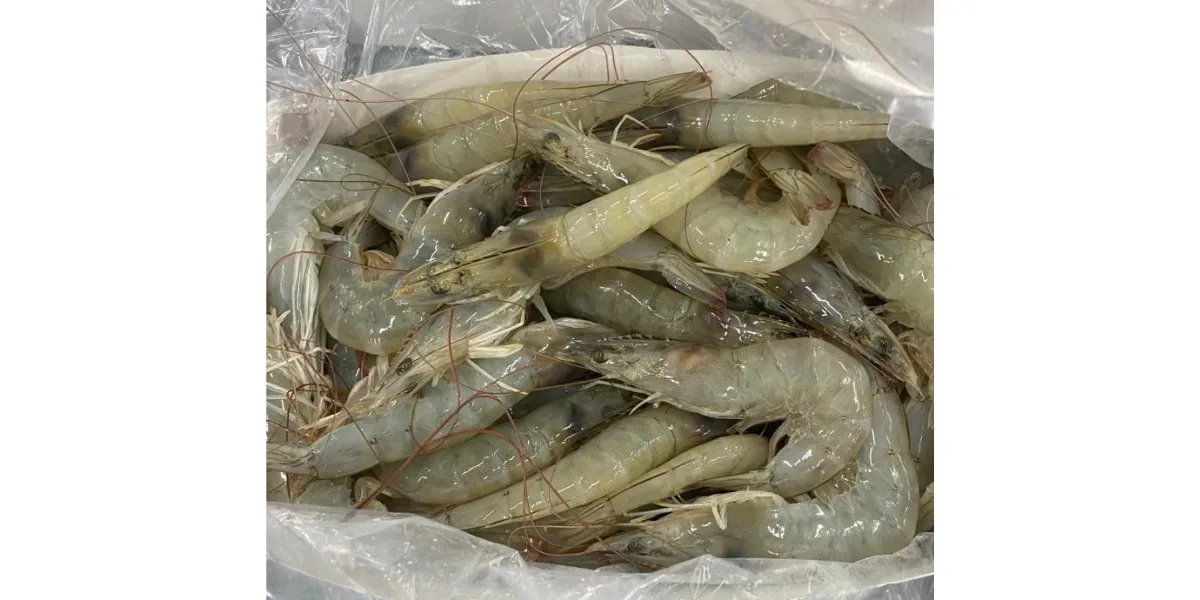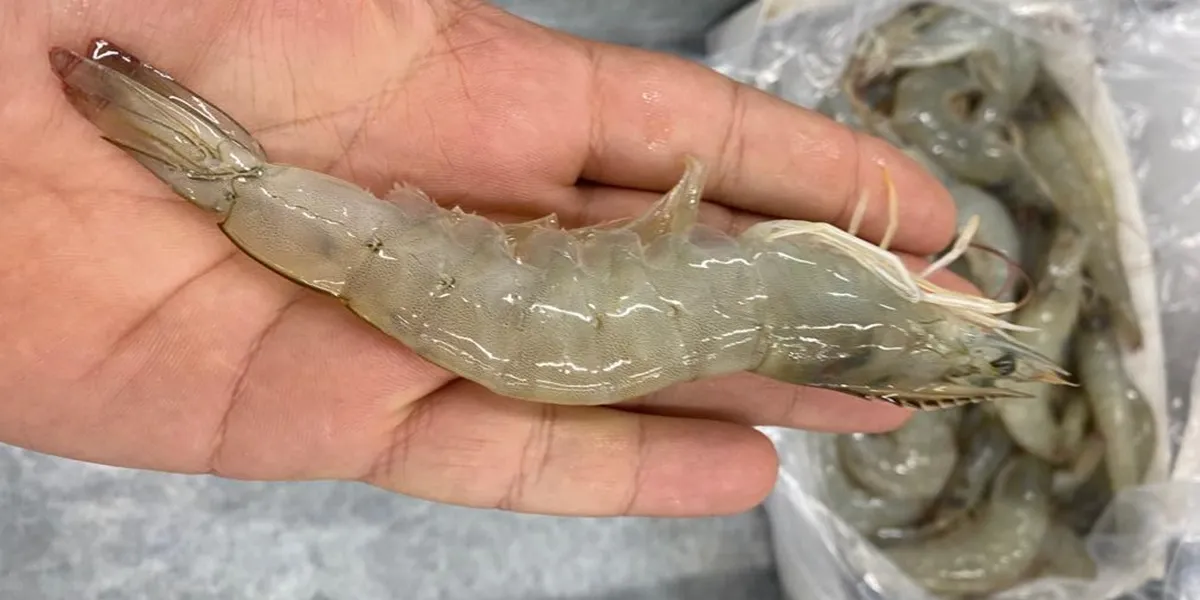If you think shrimp is just shrimp, think again. The difference between farmed and wild shrimp goes far beyond where they come from—it touches on nutrition, sustainability, taste, and even ethics. Whether you’re a seafood lover, a health-conscious shopper, or someone curious about what ends up on your plate, understanding this distinction is essential. Wild shrimp are harvested from natural habitats like oceans and estuaries, while farmed shrimp are raised in controlled aquaculture systems.
Each method has its own impact on flavor, environmental footprint, and food safety. In recent years, concerns about antibiotic use, water pollution, and ecosystem damage have made this topic more relevant than ever. So, if you’re wondering which type of shrimp is better for your health and the planet—or simply tastes better—this article will guide you through the facts. Keep reading to discover the real story behind your shrimp.
Why the Shrimp Debate Matters
Shrimp is one of the most consumed seafoods globally, but few consumers understand the real implications behind their choice. The difference between farmed and wild shrimp isn’t just about where they come from—it’s about what they carry, how they’re raised, and what impact they leave behind. With growing concerns about sustainability, food safety, and flavor, this debate has become more relevant than ever.
Wild shrimp are caught in natural habitats like oceans and estuaries, while farmed shrimp are raised in controlled aquaculture systems. Each method has its own set of benefits and risks. For instance, wild shrimp often have a richer taste and firmer texture, while farmed shrimp offer affordability and year-round availability. However, issues like antibiotic use, water pollution, and ecosystem damage have raised questions about shrimp farming practices.
Companies like Pishva Holding have started investing in sustainable aquaculture models that aim to reduce environmental impact while maintaining quality. As consumers become more informed, understanding the difference between farmed and wild shrimp helps them make better choices for their health and the planet.
Origins Matter: How Farmed and Wild Shrimp Are Raised
The way shrimp are raised directly affects their quality, safety, and environmental footprint. The difference between farmed and wild shrimp begins at the source.
Farmed Shrimp:
- Raised in ponds, tanks, or coastal enclosures.
- Common in countries like Thailand, India, Ecuador, and Vietnam.
- Farming methods vary from small-scale to industrialized systems.
- Often fed formulated pellets and managed with aeration and water filtration.
Wild Shrimp:
- Caught using trawling nets in oceans, estuaries, or rivers.
- Sourced from regions like the Gulf of Mexico, South Atlantic, and Pacific.
- Diet consists of natural plankton and small marine organisms.
- Harvesting can lead to bycatch and seafloor disruption.
| Feature | Farmed Shrimp | Wild Shrimp |
| Source | Controlled aquaculture | Natural marine environments |
| Diet | Processed feed | Natural plankton and organisms |
| Environmental Risk | Pollution, habitat loss | Bycatch, ecosystem disruption |
| Availability | Year-round | Seasonal |
Iranian Shrimp Supplier & Wholesale companies are increasingly adopting eco-friendly farming techniques to meet global demand while minimizing harm. Understanding these origins helps consumers choose shrimp that align with their values—whether it’s sustainability, taste, or traceability.
Nutritional Differences: Which Shrimp Is Healthier?
When it comes to nutrition, the difference between farmed and wild shrimp is more than subtle—it can influence your health. Wild shrimp typically offer higher protein content and lower fat levels due to their active lifestyle and natural diet. Farmed shrimp, while still nutritious, may contain more saturated fats and additives depending on the feed and farming conditions.
Key Nutritional Comparisons:
| Nutrient | Wild Shrimp (per 100g) | Farmed Shrimp (per 100g) |
| Calories | 85 | 100 |
| Protein | 20g | 18g |
| Fat | 0.5g | 1.5g |
| Omega-3 Fatty Acids | Higher | Moderate |
Wild shrimp are also less likely to contain residues from antibiotics or growth enhancers. However, certified farmed shrimp—especially those meeting health standards in shrimp export—can be a safe and consistent alternative.
Ultimately, both types offer valuable nutrients, but wild shrimp may be the better choice for those prioritizing clean, lean protein. Always check for certifications like ASC or BAP when buying farmed shrimp to ensure quality and safety.
Clean or Contaminated? Antibiotics and Water Quality
One of the most critical aspects in the difference between farmed and wild shrimp is contamination risk. Farmed shrimp are often exposed to antibiotics, especially in regions with weak regulatory oversight. Studies have shown that up to 74% of shrimp farms use antibiotics prophylactically, which can lead to antibiotic-resistant bacteria and environmental pollution.
Wild shrimp, while generally free from artificial additives, are not immune to contamination. They may carry pollutants from ocean runoff, microplastics, or heavy metals depending on the harvesting region.
Contamination Risks:
Farmed Shrimp:
- Antibiotic residues
- Poor water management
- Risk of bacterial resistance
Wild Shrimp:
- Exposure to ocean pollutants
- Microplastic ingestion
- Seasonal variability in quality
To mitigate these risks, consumers should look for shrimp certified by organizations like the Global Seafood Alliance or MSC. Responsible farms now use biosecure systems and avoid antibiotics altogether.
Understanding these risks helps you make smarter choices. Whether you prefer wild-caught or responsibly farmed shrimp, knowing what’s in your seafood is key to protecting your health and the environment.
Taste Test: Flavor and Texture Compared
When it comes to flavor and texture, the difference between farmed and wild shrimp is immediately noticeable to discerning palates. Wild shrimp, caught in natural marine environments, feed on plankton and small sea organisms. This diet gives them a brinier, more complex flavor and a firmer texture. They’re often described as having a “snap” when bitten into—ideal for grilling or sautéing.
Farmed shrimp, on the other hand, are raised in controlled ponds and fed formulated pellets. While they’re consistent in size and appearance, their taste can be milder and their texture softer, especially if not harvested properly. However, advances in aquaculture have improved flavor profiles, especially in premium farms using enriched feed and clean water systems.
| Attribute | Wild Shrimp | Farmed Shrimp |
| Flavor | Rich, oceanic, complex | Mild, slightly sweet |
| Texture | Firm, snappy | Soft, sometimes mushy |
| Cooking Result | Holds shape well | May shrink or soften |
For chefs and foodies, wild shrimp often win the taste test. But for everyday meals, high-quality farmed shrimp can still deliver satisfying results.

Sustainability and Environmental Impact
The difference between farmed and wild shrimp becomes even more critical when we consider sustainability. Wild shrimp are caught using trawling methods, which can lead to bycatch—the unintentional capture of other marine species—and seafloor damage. While some fisheries are certified by the Marine Stewardship Council (MSC), many still operate with minimal oversight.
Farmed shrimp, especially in poorly regulated regions, can cause mangrove deforestation, water pollution, and antibiotic overuse. However, responsible farms certified by the Aquaculture Stewardship Council (ASC) or Best Aquaculture Practices (BAP) are working to reduce these impacts through better waste management and eco-friendly feed.
| Impact Area | Wild Shrimp | Farmed Shrimp |
| Ecosystem Disruption | High (trawling) | Moderate to high (depends) |
| Pollution Risk | Low to moderate | High if unmanaged |
| Certifications | MSC | ASC, BAP |
Consumers who care about ocean health should look for certified sources. Sustainability isn’t just a buzzword—it’s a responsibility.
Certifications to Look For When Buying Shrimp
Certifications are your best guide to making informed seafood choices. The difference between farmed and wild shrimp becomes clearer when you understand what these labels mean.
- ASC (Aquaculture Stewardship Council): Ensures farmed shrimp meet environmental and social responsibility standards. Covers biodiversity, feed, pollution, and labor practices.
- BAP (Best Aquaculture Practices): Focuses on food safety, environmental responsibility, and animal welfare. Widely used in export markets.
- MSC (Marine Stewardship Council): Applies to wild-caught shrimp. Ensures sustainable fishing practices and ecosystem protection.
| Certification | Applies To | Focus Areas |
| ASC | Farmed Shrimp | Environment, labor, disease control |
| BAP | Farmed Shrimp | Food safety, welfare, sustainability |
| MSC | Wild Shrimp | Sustainable fishing, traceability |
Look for these labels when shopping. They’re not just stickers—they’re proof of responsible sourcing.
Conclusion: Making the Right Choice Between Farmed and Wild Shrimp
Choosing between farmed and wild shrimp isn’t just a culinary decision—it’s a reflection of your values and priorities. Wild shrimp often win in terms of flavor and natural nutrition, offering a firmer texture and richer taste thanks to their ocean diet. On the other hand, farmed shrimp provide year-round availability and affordability, especially when sourced from certified sustainable farms.
The difference between farmed and wild shrimp also extends to environmental impact: wild-caught shrimp can contribute to bycatch and habitat disruption, while poorly managed shrimp farms may pollute local ecosystems. However, with growing awareness and better regulations, both options can be responsibly sourced. Ultimately, the best choice depends on what matters most to you—taste, price, sustainability, or health. By understanding the nuances and certifications behind each type, you can make informed decisions that align with your values. So next time you shop for shrimp, think beyond the label and choose with confidence.
FAQ
Q: Is wild shrimp always better than farmed shrimp? A: Not necessarily. Wild shrimp often taste better, but certified farmed shrimp can be just as safe and sustainable.
Q: Are farmed shrimp safe to eat? A: Yes, especially if they’re certified by ASC or BAP. Avoid uncertified imports from regions with weak regulations.
Q: Why is wild shrimp more expensive? A: Because it’s seasonal, labor-intensive, and harvested using sustainable methods.
Q: What’s the healthiest shrimp option? A: Wild shrimp typically have fewer additives and more omega-3s, but certified farmed shrimp also meet health standards.
Q: How can I tell if shrimp is responsibly sourced? A: Look for certifications like ASC, BAP, or MSC on the packaging.




